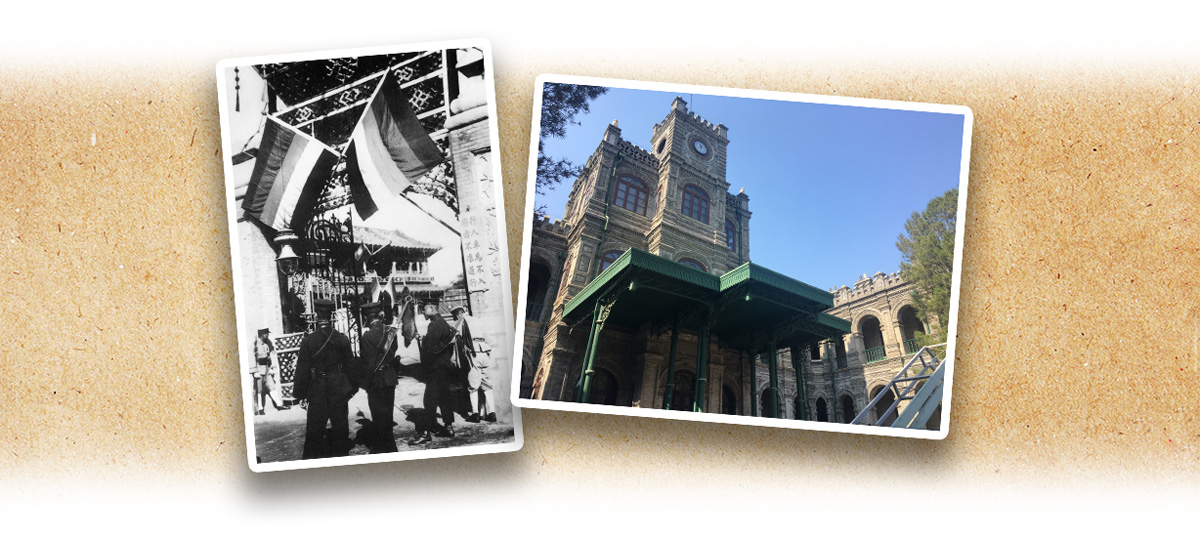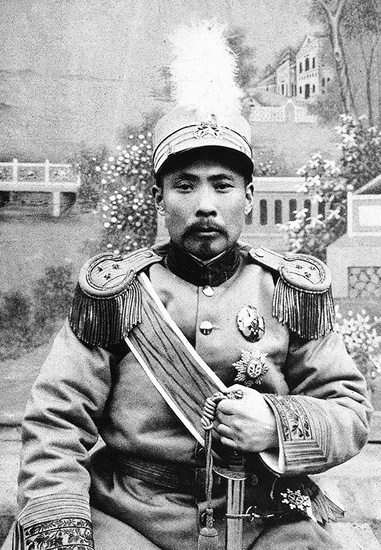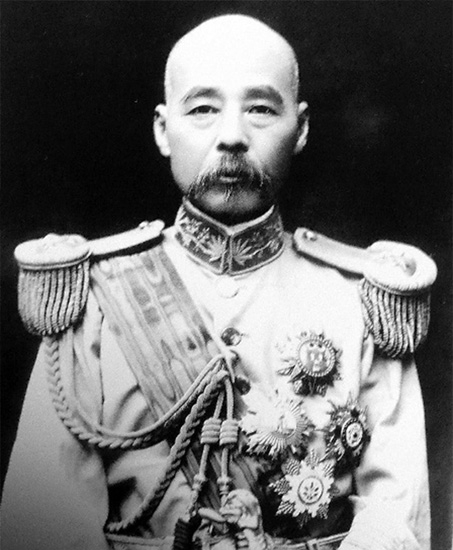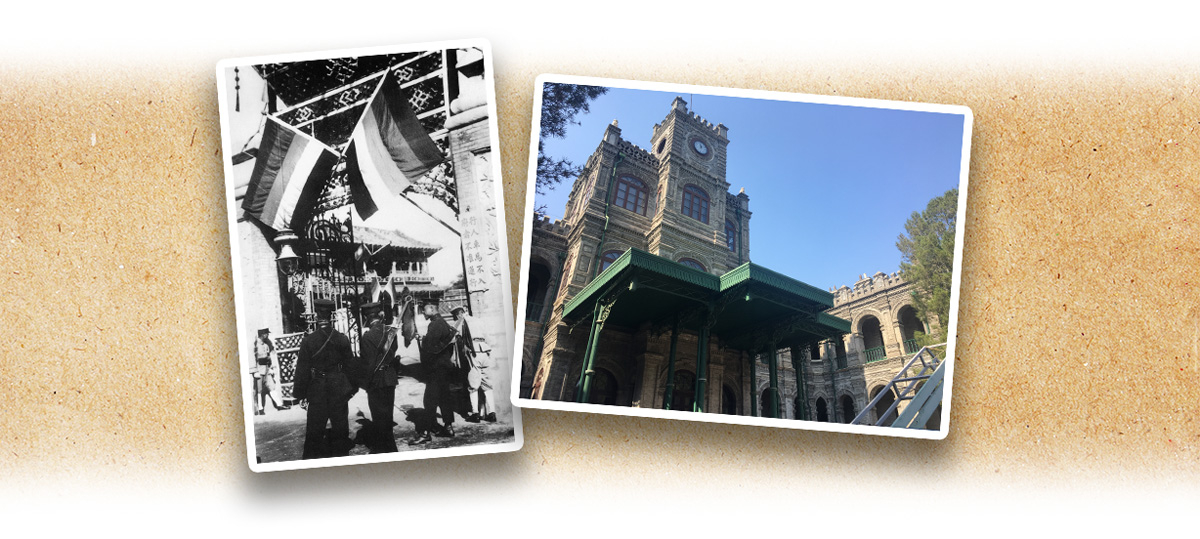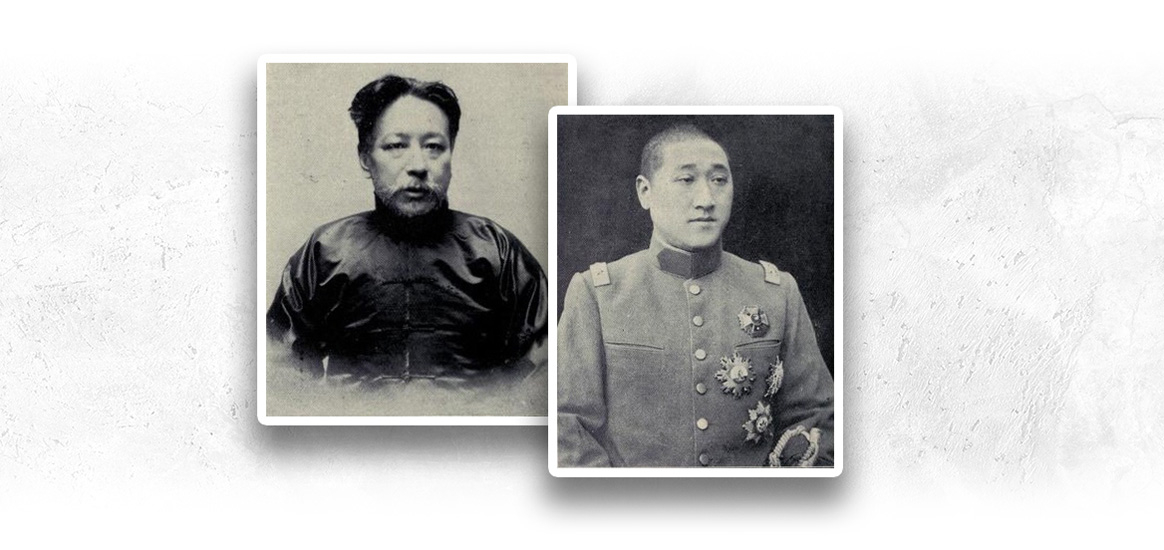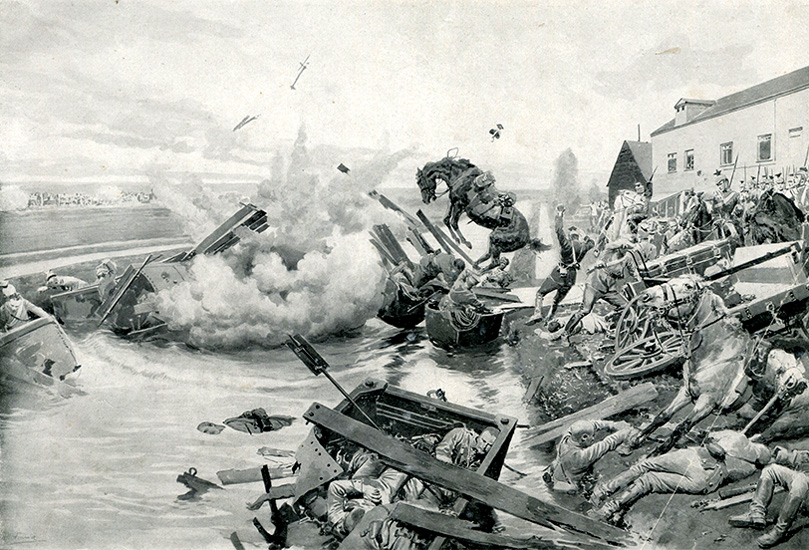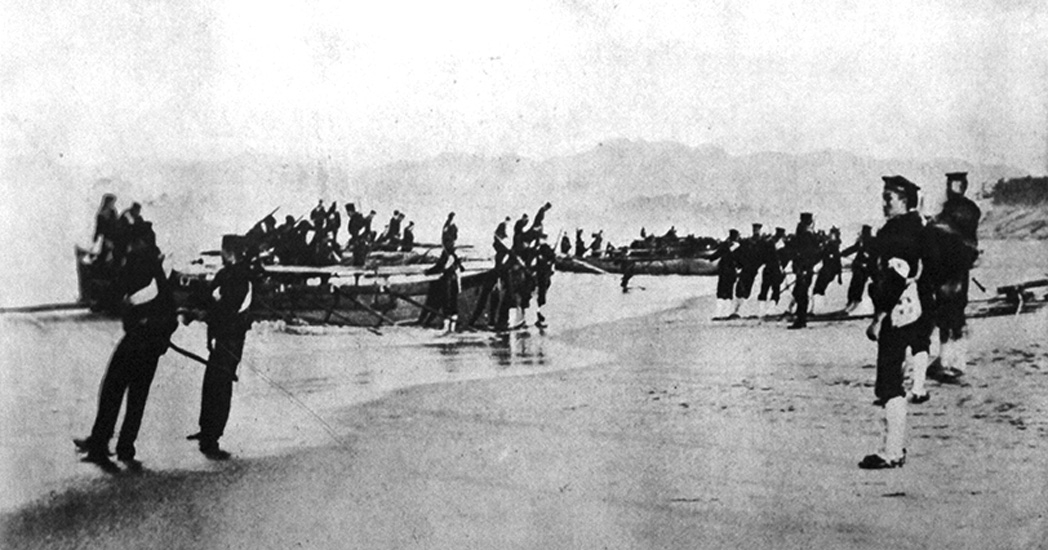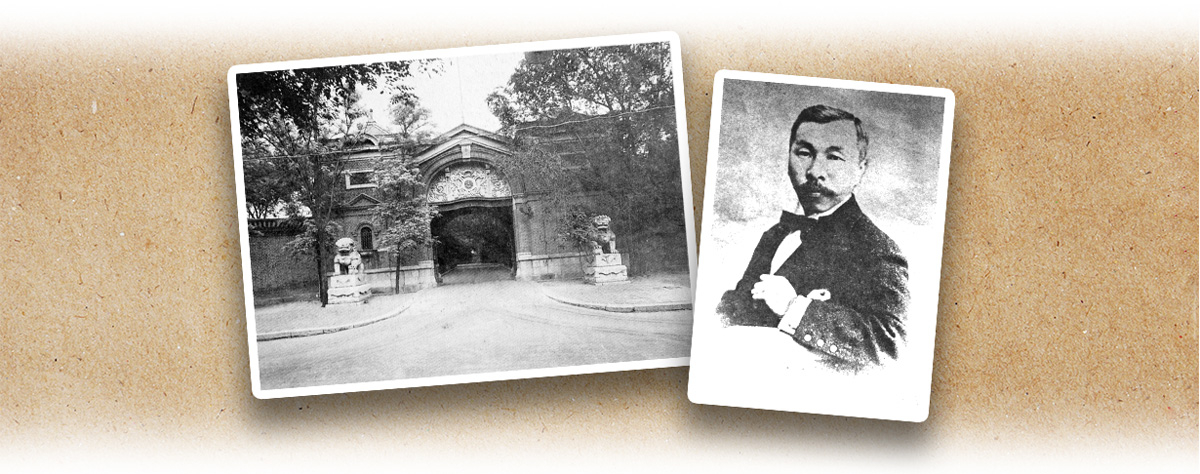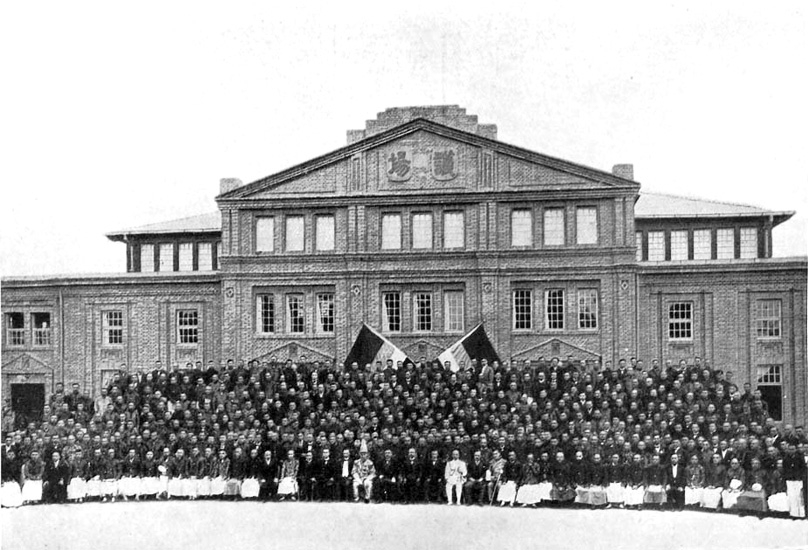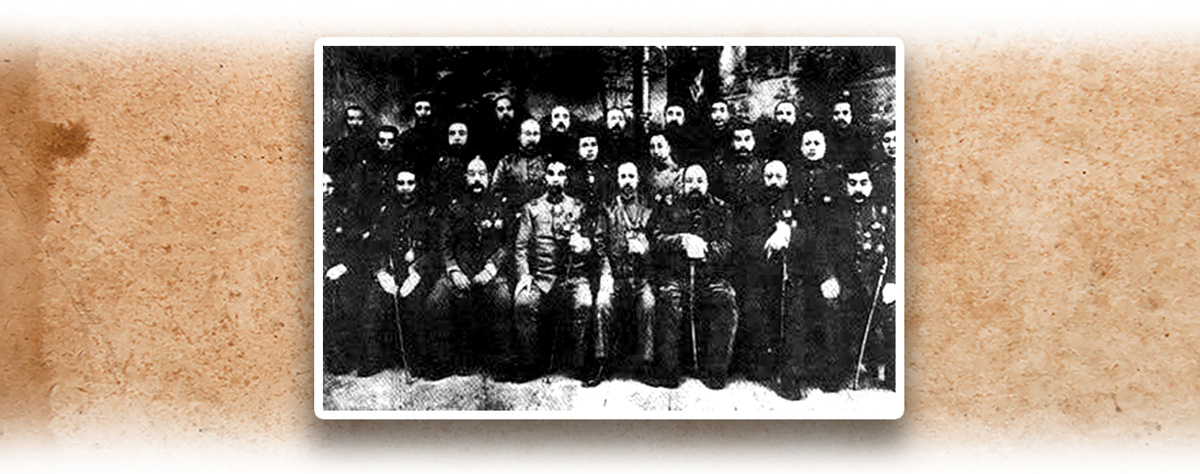In the early days of the Republic, China gradually became a warlord regime as the Beiyang clique (北洋系) headed by Yuan Shikai (袁世凱) and regional warlords seized control of the central and the local government respectively. The Beiyang warlords who controlled the Beijing (北京) government were formed by the high-ranking Beiyang generals groomed by Yuan. After Yuan’s death in June 1916, Li Yuanhong (黎元洪) succeeded as president and restored both the Provisional Constitution of the Republic of China (《中華民國臨時約法》) and the National Assembly.
However, no one had full control over the Beiyang Army after Yuan died. It thus splintered into two main warring factions - the Anhui clique (皖﹝安徽﹞系) headed by Duan Qirui (段祺瑞) and the Zhili clique (直﹝直隸﹞系) by Feng Guozhang (馮國璋). When Duan was appointed premier, Feng was by-elected as vice president by the National Assembly. As Li did not belong to the Beiyang clique, he was not strong enough and had to ally with Feng to limit Duan’s power. As a result, the central government was embroiled in constant palace (presidential palace) - council (state council) disputes. Even the imperialist powers picked sides – Japan groomed Duan, while Britain and the United States supported Li and Feng.
In 1917, Japan instigated the Duan government to declare war on Germany. Duan then attempted to force Li and the National Assembly to approve the motion to enter the First World War. Li dismissed Duan in May. In retaliation, Duan ordered the provincial military governors under him to declare independence, and set up a “Chief Staff Division of the Independent Provinces (獨立各省總參謀處)” in Tianjin (天津) as he planned to march on Beijing. Alarmed by the crisis, Li summoned Zhang Xun (張勳), the Military Governor of Anhui, to lead his army to Beijing to mediate, which resulted in a short-lived farce of Manchu Restoration.
|
|
“The country, long divided, must unite; long united, must divide” is a common saying. Does it stand true for the political situation during the early Republican era? |
|
|
See answer below. |
After Yuan Shikai’s death in June 1916, the Vice President Li Yuanhong succeeded as president. Pictured is Li inspecting the troops on horseback. Although Li was the president, he was less powerful than the Beiyang Army generals who held heavy forces.
Beiyang general Duan Qirui served as the Premier of the Republic of China in 1916. Duan’s family was from Anhui Province, the faction he led thus became known as the “Anhui clique”.
Beiyang Army general Feng Guozhang was appointed vice president after Yuan Shikai’s death. Feng’s family was from Zhili Province, the faction he led thus became known as the “Zhili clique”.
On the left: the presidential palace’s Xinhua Gate (新華門) taken in the early Republican era; on the right: a modern-day photo of the government building when Duan Qirui held office. After Yuan Shikai’s death, the presidential palace and the state council became embroiled in the “palace-council dispute”.
The palace-council dispute started with quarrels between Sun Hongyi (孫洪伊), the Chief of Internal Affairs of the State Council (內務總長, left), and Xu Shuzheng (徐樹錚), the Secretary-General of the State Council (國務院秘書長, right). Li Yuanhong supported Sun while Duan Qirui supported Xu. In November 1916, Sun and Xu were both dismissed.
The First World War broke out in July 1914. Britain, France, Russia, and other Allied Powers joined forces against the Germany-led Central Powers. China called the war the “European War”. Pictured are British soldiers firing upon German soldiers who attempted to cross a canal during the First World War. Although China had declared neutral in the early stage of the war, it was still not immune.
Japanese troops landed in Shandong Province (山東), China, during the First World War. On 23 August 1914, Japan declared war on Germany and dispatched its army to Shandong to capture Qingdao (青島) under German control.
The Japanese legation in the early Republic China (left) and Hayashi Gonsuke, the Japanese Minister Plenipotentiary to China from 1916 to 1918 (right). Tensions between Li Yuanhong and Duan Qirui escalated between 1916 and 1917. Japan supported Duan and urged him to declare war against Germany.
A group photo featuring the key members of the National Assembly of the Republic of China taken when it reconvened on 1 August 1916. It became the wrestling field of the palace-council dispute. On 25 April 1917, Duan Qirui pressured the National Assembly into declaring war on Germany, going as far as calling the provincial military governors to convene a meeting of the Military Governors’ Corps (督軍團) in Beijing. This in effect threatened the National Assembly with force.
A group photo of the generals of the Military Governors’ Corps. Unwilling to let Duan Qirui have his way, Li Yuanhong dismissed Duan in May. Duan retaliated by ordering his provincial military governors to declare independence and set up a “Chief Staff Division of the Independent Provinces” in Tianjin as he planned to march on Beijing. Alarmed by the crisis, Li telegrammed Zhang Xun, the Military Governor of Anhui, to mediate in Beijing. It resulted in a short-lived farce of Manchu Restoration.
The Military Governors’ Corps, a loose-knit deliberative body from June 1916 to 1918. It was formed by the Beiyang clique’s provincial military governors after Yuan Shikai’s death. Its main functions were to coordinate the interests among group members and to confront the central government as a union. Its existence made it clear that the provinces were amassing armies of their own and were capable to interfere the central authority. The Military Governor of Anhui Zhang Xun supported the restoration of the abdicated emperor Puyi in 1917 was an obvious example of how provincial military governors could interfere in central governance.
|
|
“The country, long divided, must unite; long united, must divide” is a common saying. Does it stand true for the political situation during the early Republican era? |
|
|
On the surface, both the Qing dynasty and the Republic of China that succeeded it after the 1911 Xinhai Revolution (辛亥革命) appeared to unify China. In truth, however, the newly founded republic was in a state of division by warlords when central orders were not followed. The situation had its roots in the late Qing dynasty: the Qing military proved incapable of quelling the Taiping Rebellion (太平天國) after battling them for over 10 years. The Qing government was thus forced to rely on the militias raised by Han officials, namely the Xiang Army (湘軍) and Huai Army (淮軍), which paved the way for China’s later descent into warlordism. Regionalism was in stark display during the invasion of the Eight-Nation Alliance when the governors of China’s south-eastern provinces defied the Qing government’s order to fight. Instead, they reached an agreement called the Mutual Defense Pact of the Southeastern Provinces (《東南互保章程》) with foreign powers to keep war from their own doorsteps. In the early Republican era, infighting between regional warlords was frequent. On numerous occasions northern and southern China were either at war or attempting to conduct peace negotiations. It was not until after the 1926-28 Northern Expedition that China finally regained unity. |
Sources of most photos used in this feature piece: Fotoe and misc. photo sources.




